Breadcrumbs
Urbane Künste Ruhr 2018-2023Between a Romanticised Past and a Not Yet Redeemed Future
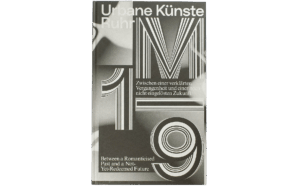
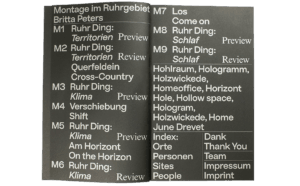
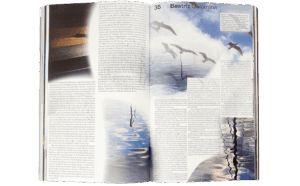
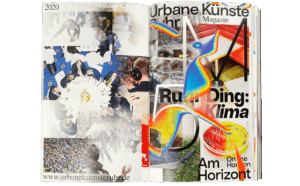
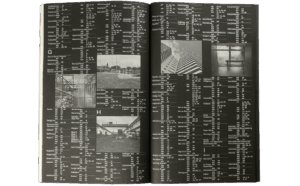
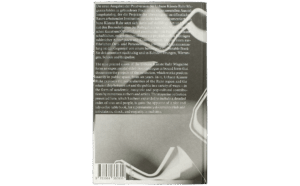
- Editor
Britta Peters, Alisha Raissa Danscher, June Drevet, Kerstin Finkel
- Texts
Etel Adnan, Beatriz Colomina, Daniel Talesnik, Ellen Wagner, Angharad Williams, Serhij Zadan e.a.
- Designer
Lamm & Kirch
- Year
- 2024
- Publisher
- BOM DIA BOA TARDE BOA NOITE
- ISBN
- 978-3-96436-080-9
Nine printed issues of the Urbane Künste Ruhr magazine were published from 2018 to 2023. The magazine documented the institution's projects, in particular the Ruhr Ding exhibition format, and reflected on them in accompanying texts.
From the outset, 500 copies of each edition of the magazine were set aside for later use. The individual issues are now brought together in a 670-page catalogue. It has also been expanded to include an index of people and places as well as an editorial by Artistic Director Britta Peters. New projects can always be discovered by leafing through the catalogue, while the index enables a playful, retrospective discourse analysis.
In academic, essayistic and pop-cultural contributions by numerous authors and artists, the publication explores the special features of the Ruhr region and the relationship between art and the public sphere ‘between a glorified past and a future not yet realised’.
- Open ArticleView
Montage im Ruhrgebiet
Editorial The author Wolfgang Welsch, in his 1987 book Unsere postmoderne Moderne (Our Postmodern Modern), introduces a vivid anecdote meant to aid in understanding the concept of postmodernity: he presents to the reader a person who is meandering through Munich. His gaze falls on an advertising text which had been put up on posters all around the city prior to the 1972 Olympic Games.
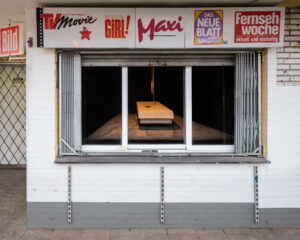
- Open ArticleView
Climate Grief and the Visible Horizon
Essay The second book in the Metamorphoses by the Roman poet Ovid opens with a story that can be read as a climate metaphor. Phaëthon, the hot-headed son of Phoebus, the Sun God, is living on Earth with his mortal mother and feels the god has not acknowledged him as his rightful son. Hoping to prove his parentage, Phaëthon goes up into the sky and asks Phoebus for a sign that the god is indeed his father. “Ask me whatever favor you want,” says Phoebus, “and I’ll bestow it.” The boy responds: “I want to drive the chariot.” The request chills the Sun God to his core.

©Heinrich Holtgreve
- Open ArticleView
The 24/7 Bed
Essay When John Lennon and Yoko Ono married secretly in Gibraltar on March 20, 1969, the ceremony lasted only three minutes. But these minutes, so elaborately protected, were in fact the end of privacy. They promptly invited a global audience into their honeymoon bed, a weeklong Bed-In for Peace held from March 25 to 31, 9am to 9pm, in room 902 of the Amsterdam Hilton International Hotel. Two of the most public people in the world put themselves in a literal fishbowl, the glass box of the Hilton. But the workday didn’t end at 9pm. John and Yoko repeatedly declared that they wanted to conceive a baby during that week. The bed is both protest site and factory for baby production: a fucktory.
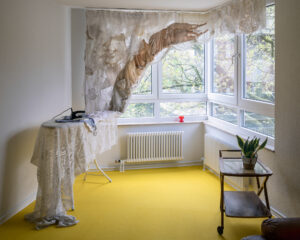
- Open ArticleView
Hollow space, Hologram, Holy Earth, Holzwickede, Home office
Essay The Urbane Künste Ruhr magazines #1 to #9, created from 2018 to 2023, form the core of the book at hand. Inspired by the idea of summarising the years past, but also of portraying the processuality of an artistic programme playing out in public space, we decided to create a structural approach to navigating the already existing content – rather than conceiving a whole new publication.
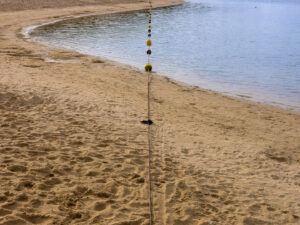
©Heinrich Holtgreve